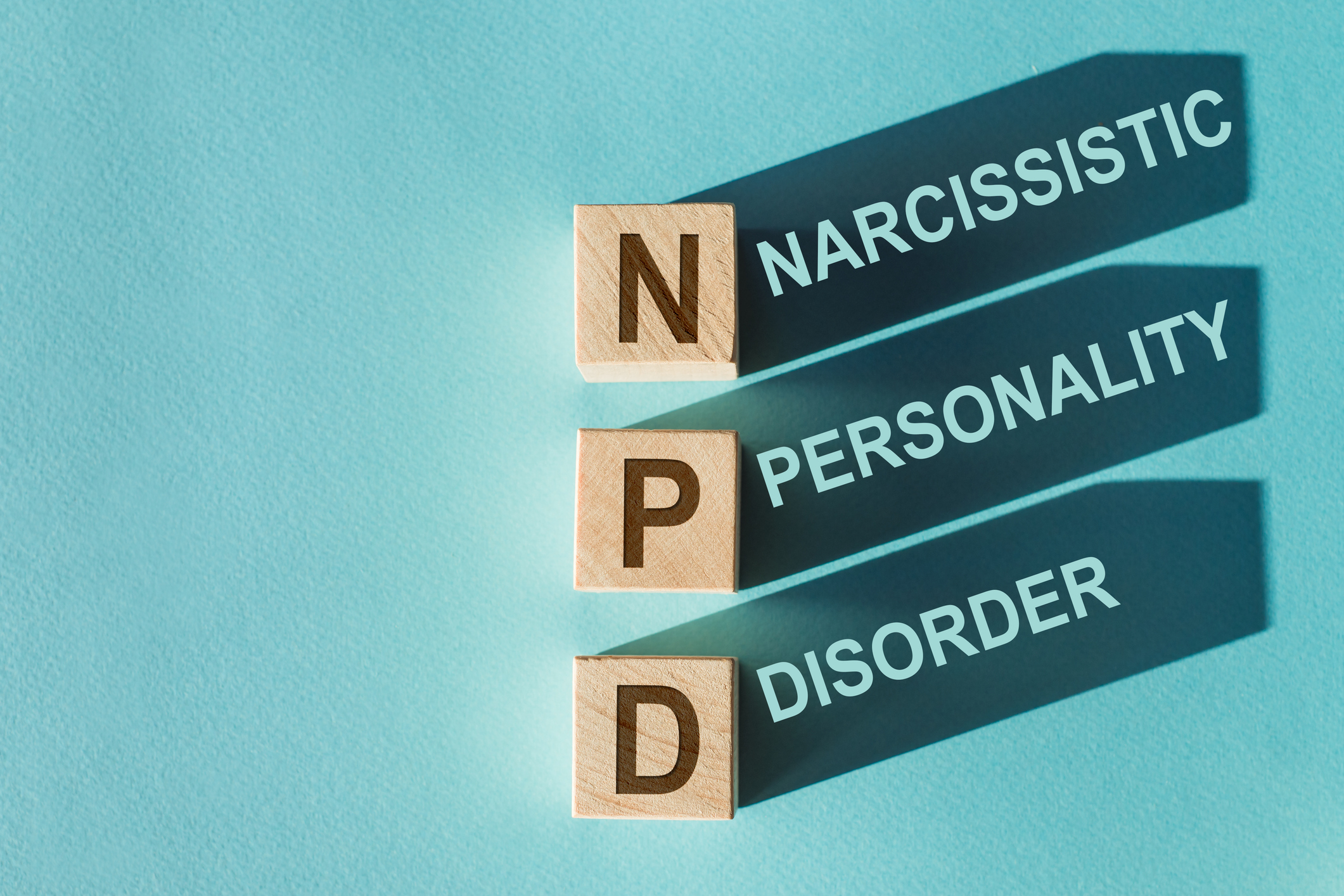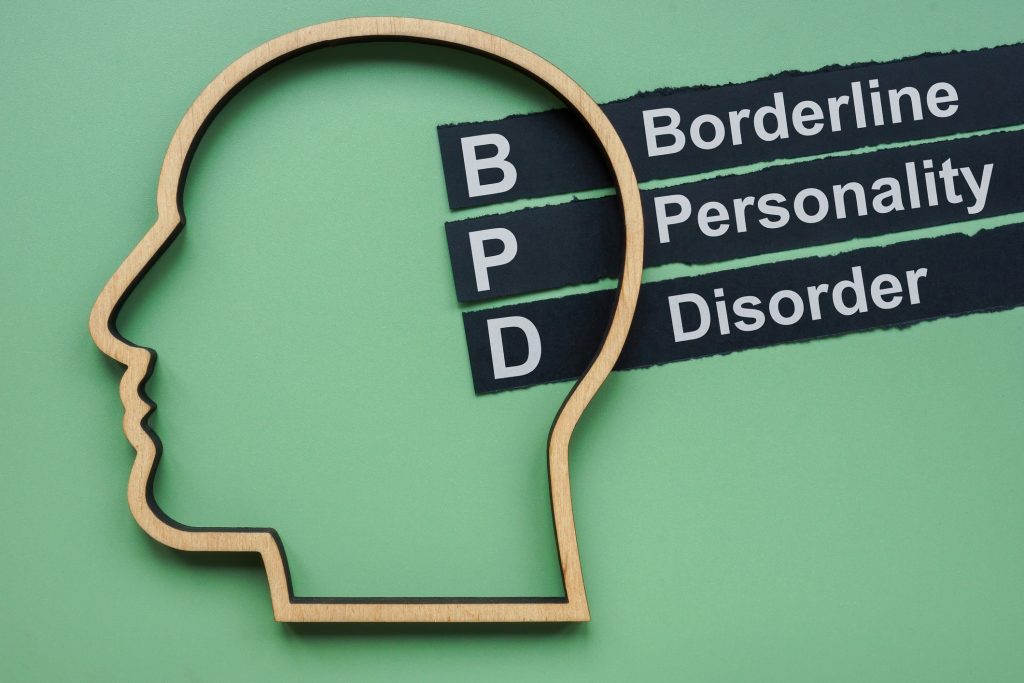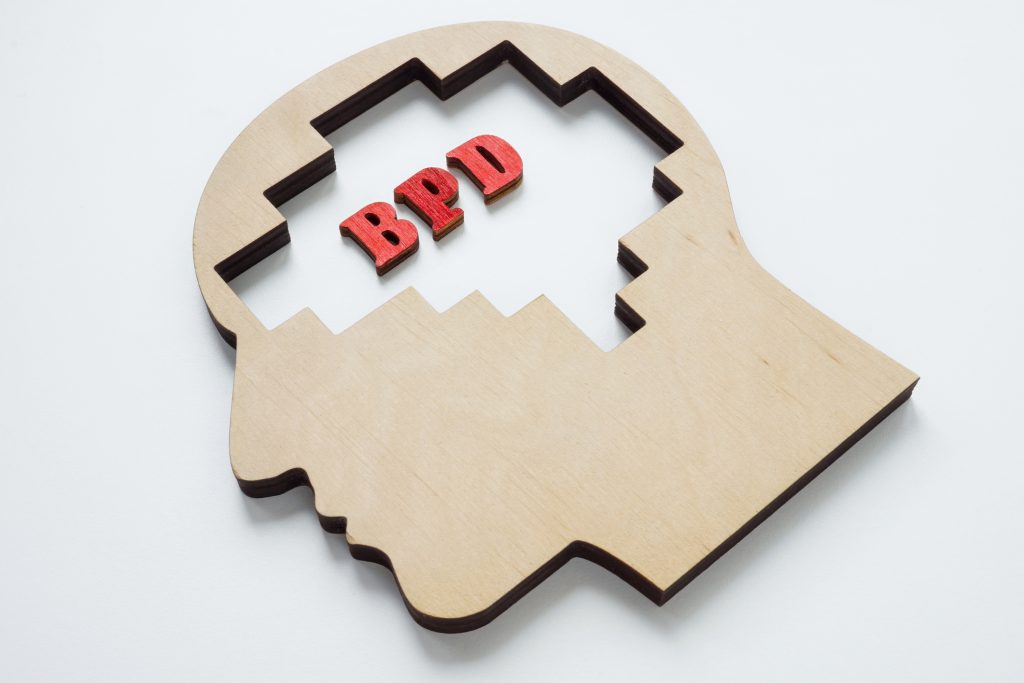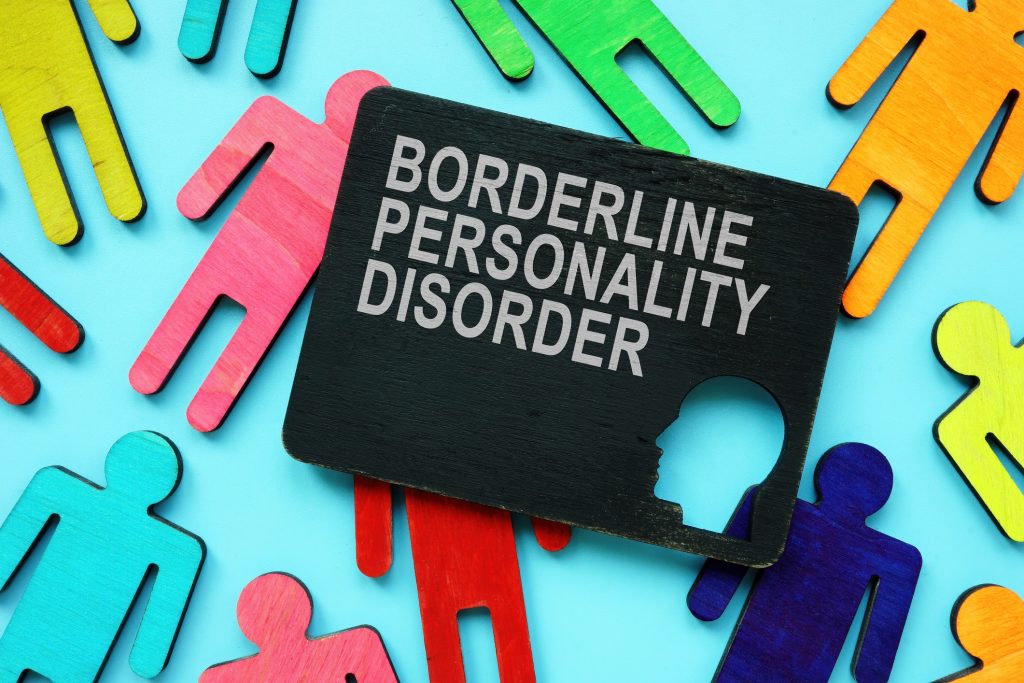
BPD versus NPD: The Similarities and The Differences and How to Separate
By JJ Keeler
BPD and NPD aren’t just similar acronyms; they ’ re also similar disorders with overlapping behaviors. But while they may be alike, they harbor significant deviations, including their core causes.
Read on to learn about these disorders and how they impact relationships.
What is BPD?
Borderline personality disorder (BPD) is a personality disorder with the fear of abandonment at its core. Those affected experi ence an unstable self – image, impulsivity, and intense mood swings. This leads to toxic and dysfunctional relationships, with the individual with BPD often fluctuating between admiring and resenting their partner.
Due to their fear of abandonment, those with BPD may engage in emotional manipulation, gaslighting, outbursts, self – harm, and frantic efforts to keep their partner s and loved ones from leaving.
What is NPD?
Narcissistic personality disorder ( N PD) is a personality disorder marked by a grandiose sense of self – importance. Those affected have an excessive need for admiration and typically fail to show empathy. They also tend to exhibit pathological entitlement and often walk through the world believing that their feelings, ideas, and values should be centered at all times.
To embellish their egos, those with NPD routinely engage in exploit at ive behaviors, show little or no interest in others, and put others down, commonly in front of people. They tend to overreact to any criticism (perceived or rea l) and fixate on their power and success. They experience failed relationships consistently , too, as they ’ re unable to consider the needs or desires of others
BPD vs NPD
While BPD and NPD lead to exaggerated emotional reactions(including rage),playing victim during conflict, and the inability to maintain employment, the reasons behind their behaviors differ. Those with BPD fear being left, while those with NPD fear not being admired. Even so, insecurity tends to drive both disorders.
Those with BPD may often feel shame for their outbursts and behaviors and are frequently more willing to get treatment. Those with NPD, on the other hand,regularly blame others for their actions and don’t believe they need any help.
How to Leave Someone with BPD or NPD
Being in a relationship with someone with BPD or NPD often results in a toxic experience that requires the unafflicted partner to set boundaries and possibly leave. The way to do this includes the following:
- Learn about BPD or NPD so you understand what yo u ’ re working with
- Put yourself, your needs, your wants, and your desires first
- Engage in self – care, take up a hobby, and spend time outside the relationship
- Be firm in what is acceptable and what is not
- If you decide to leave, make a plan that prioritizes your safety , and be direct in your decision
- Seek professional help and everyday support (such as from friends and family)
More than anything, permit yourself to break free. Remember, you ’ re not the cause of your partner ’ s personality disorder, and you can ’ t be the cure, either
























